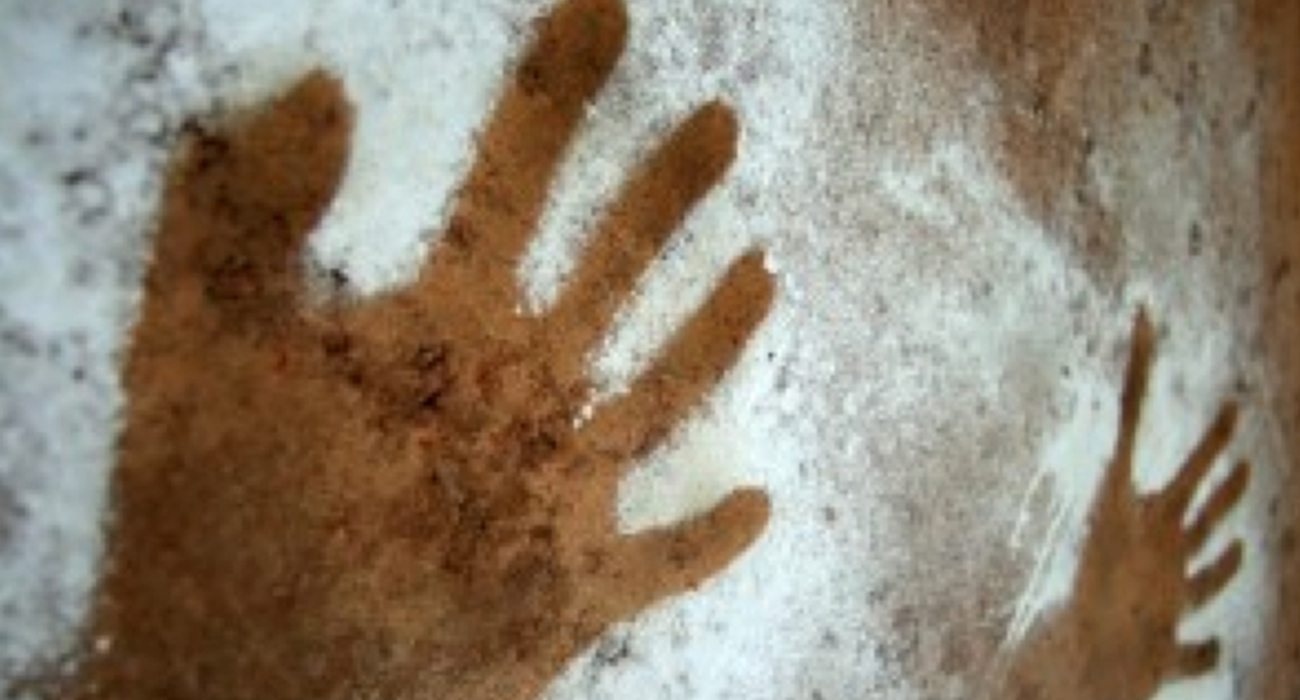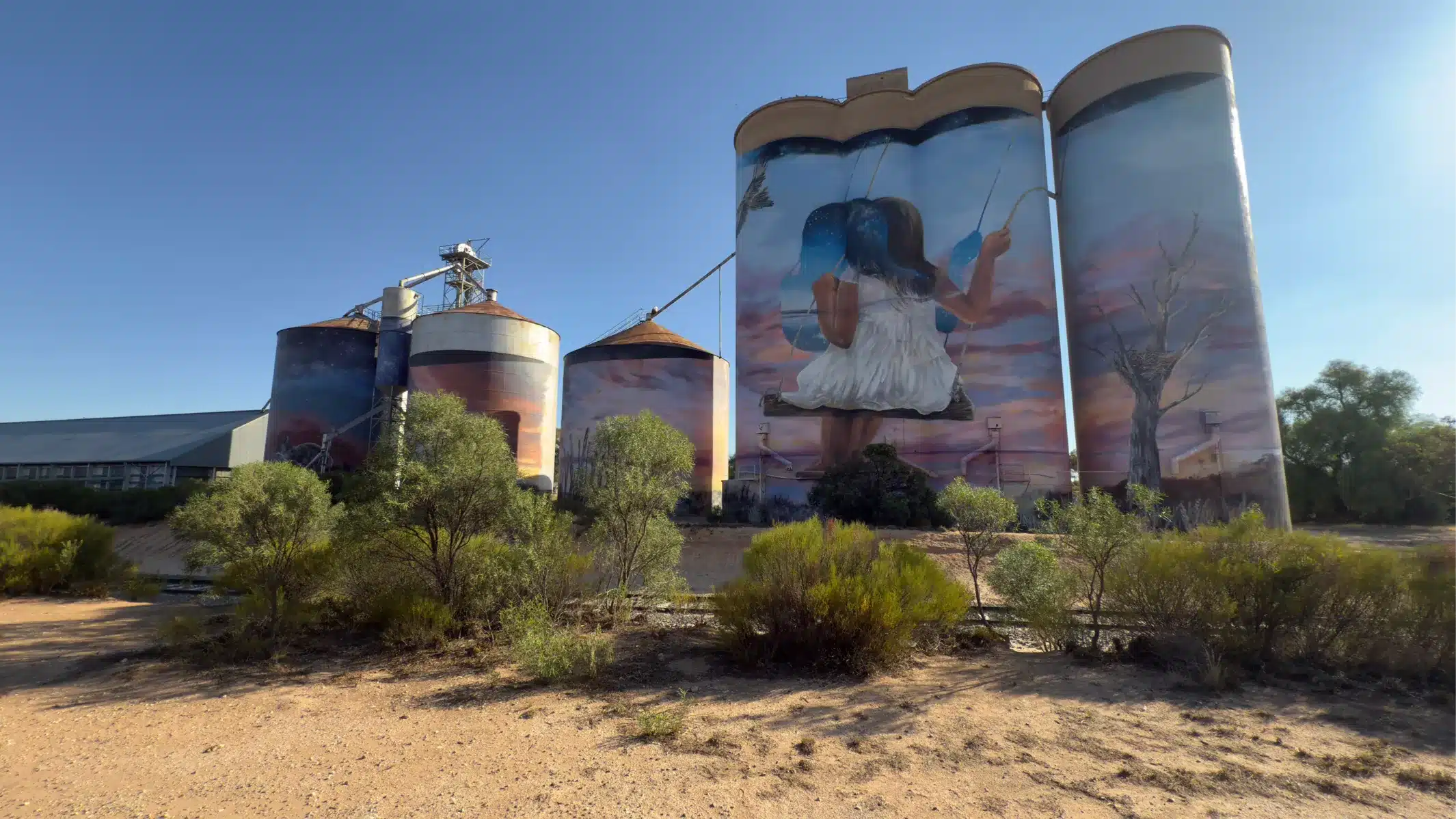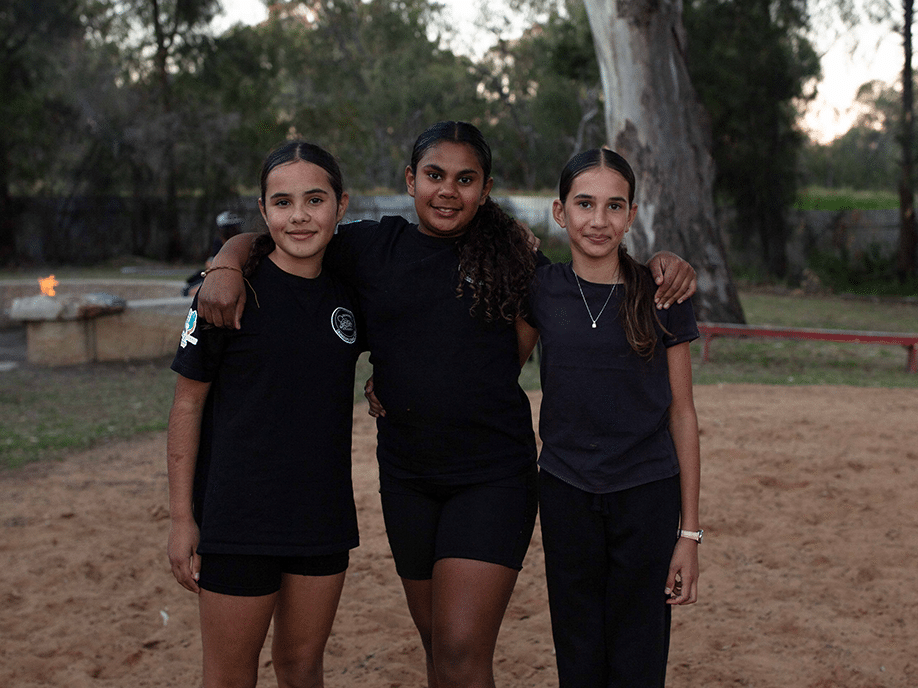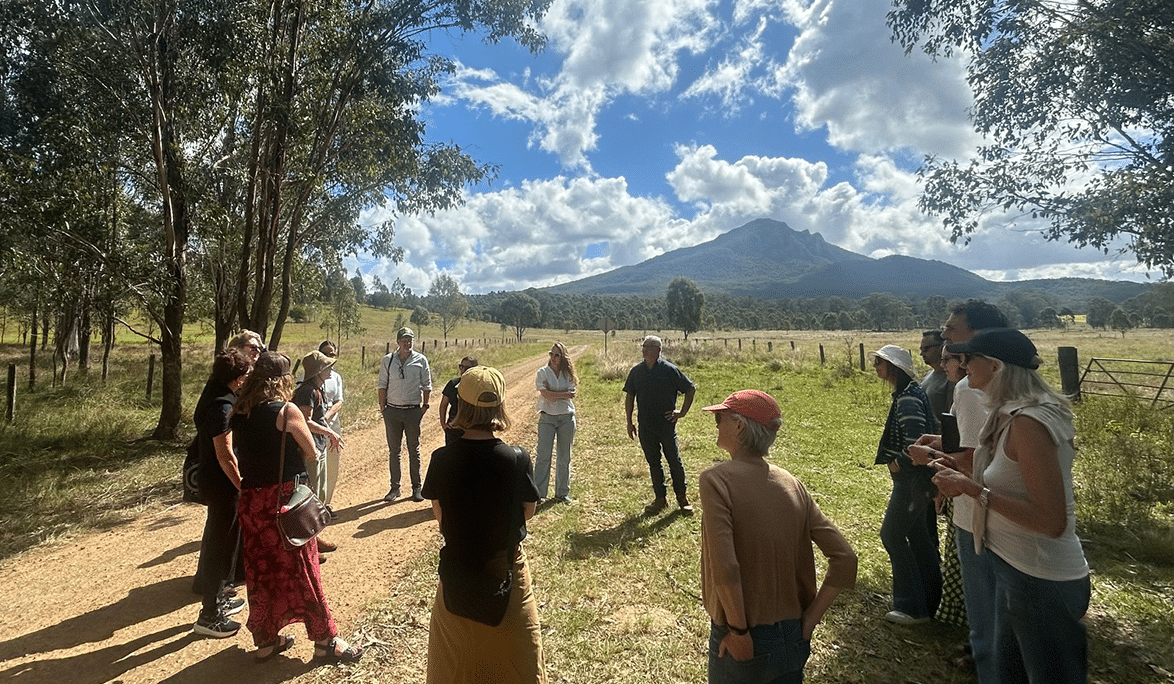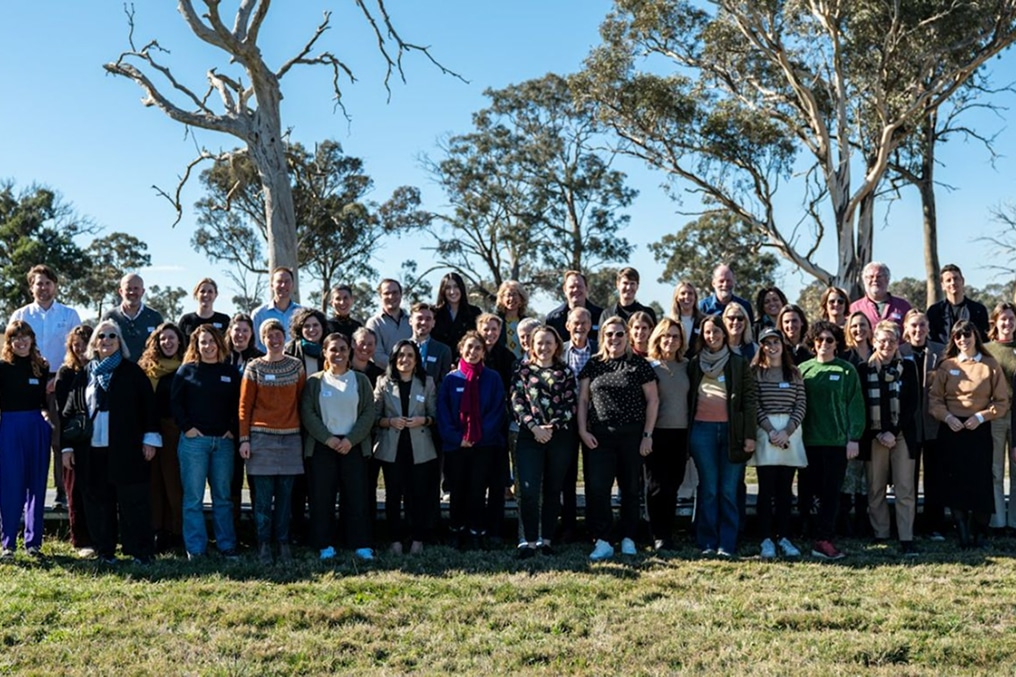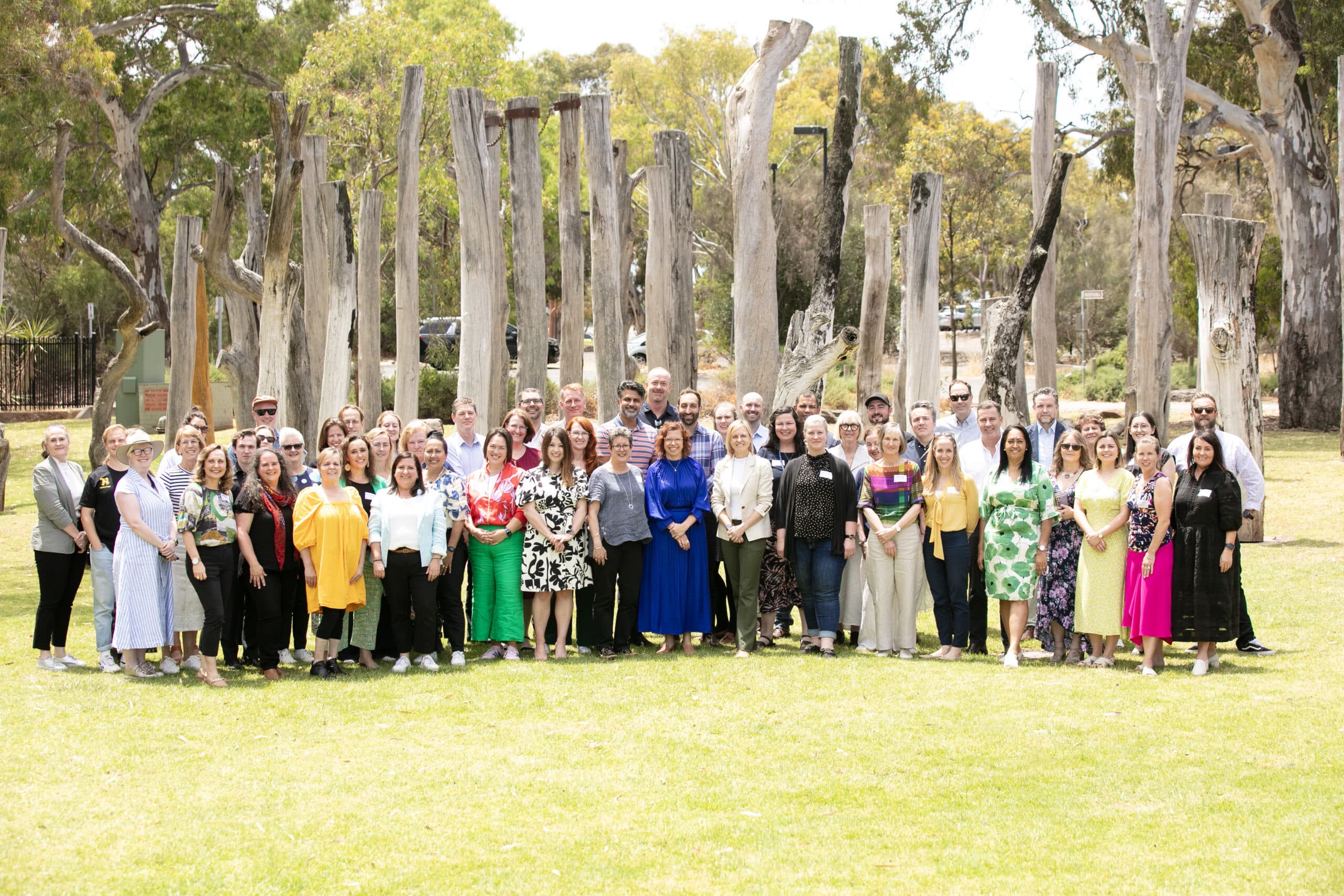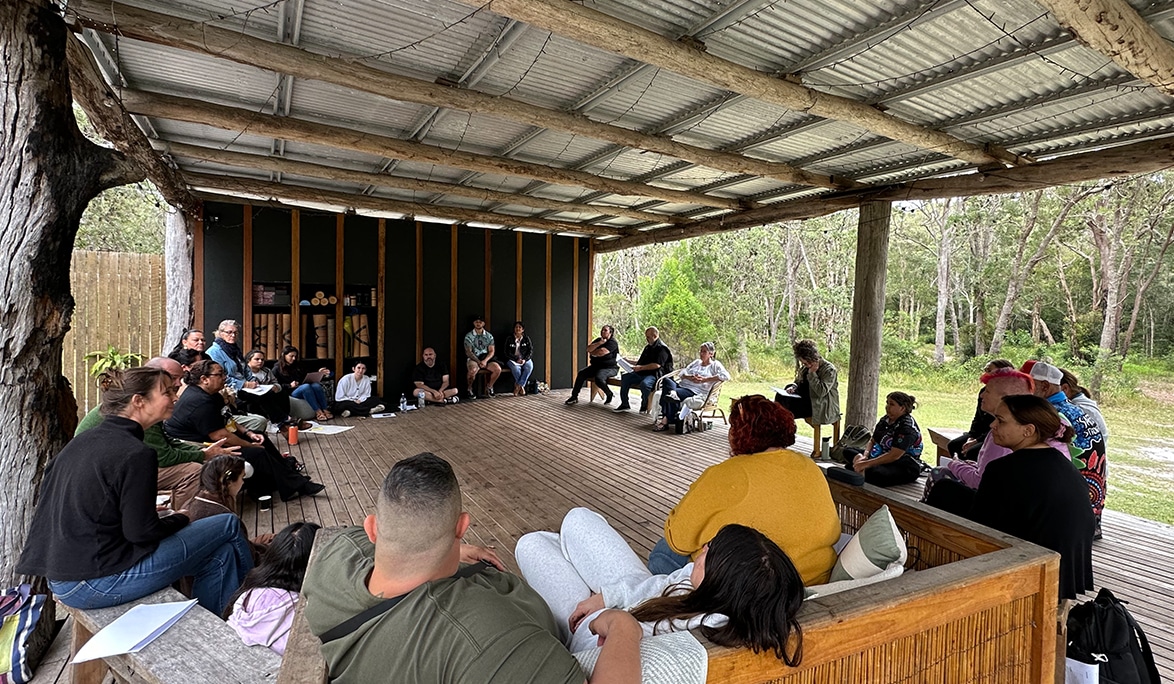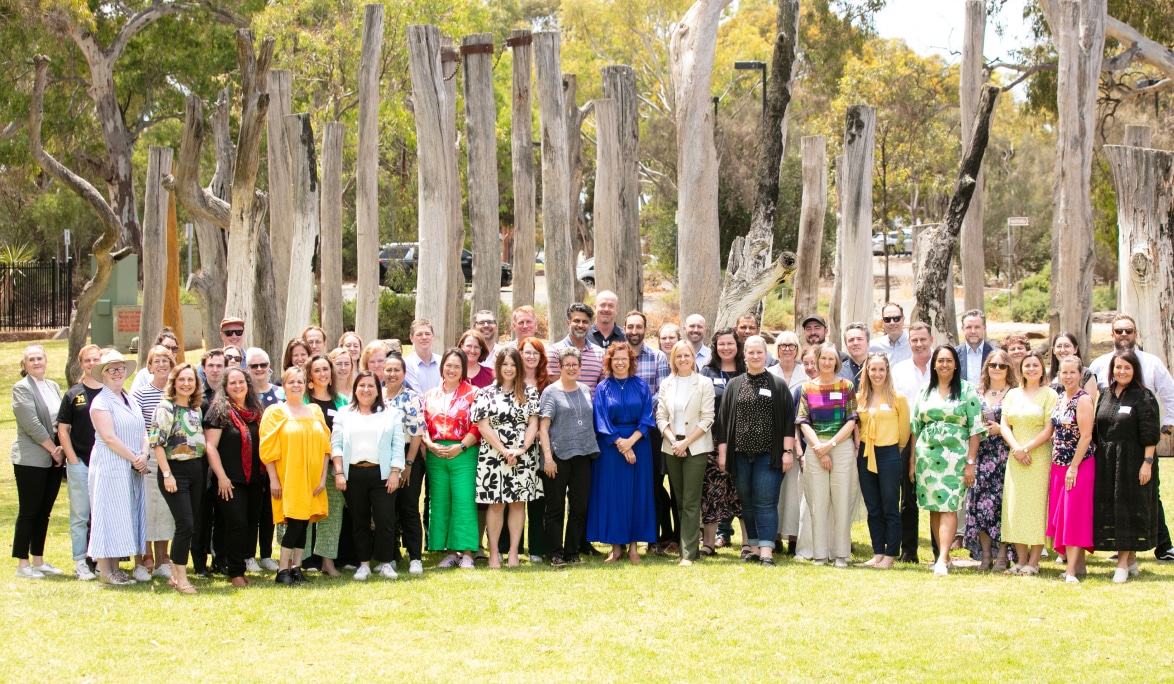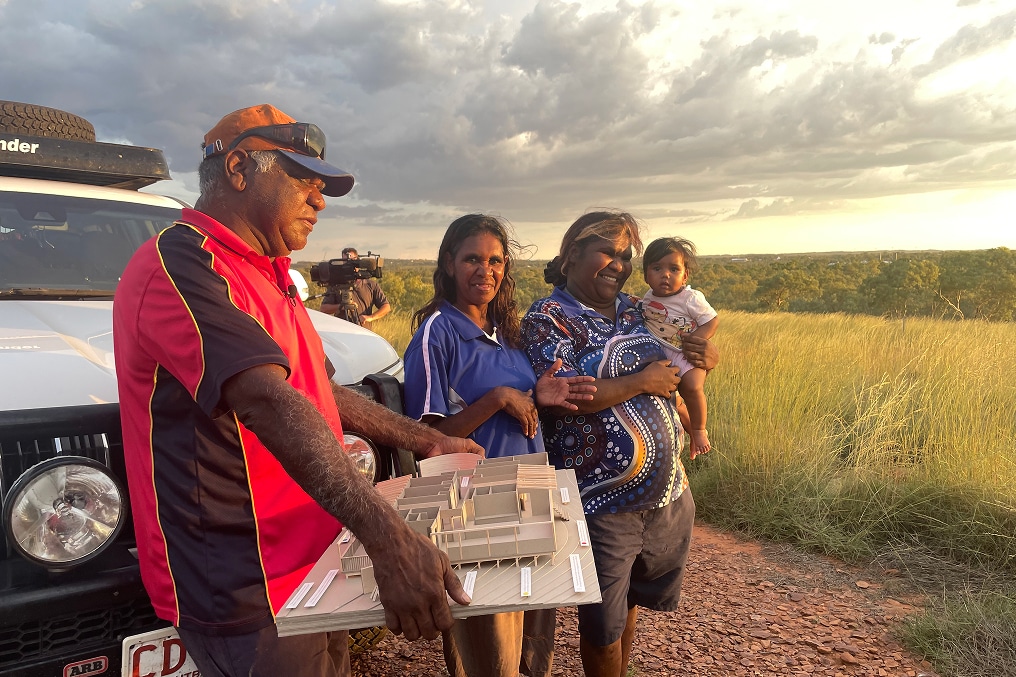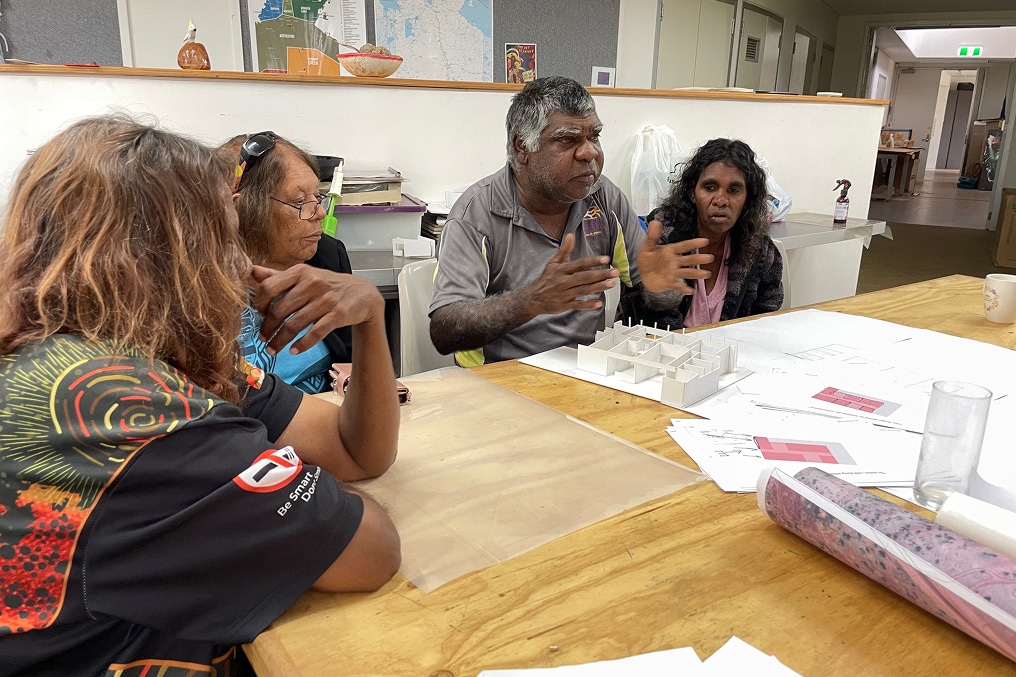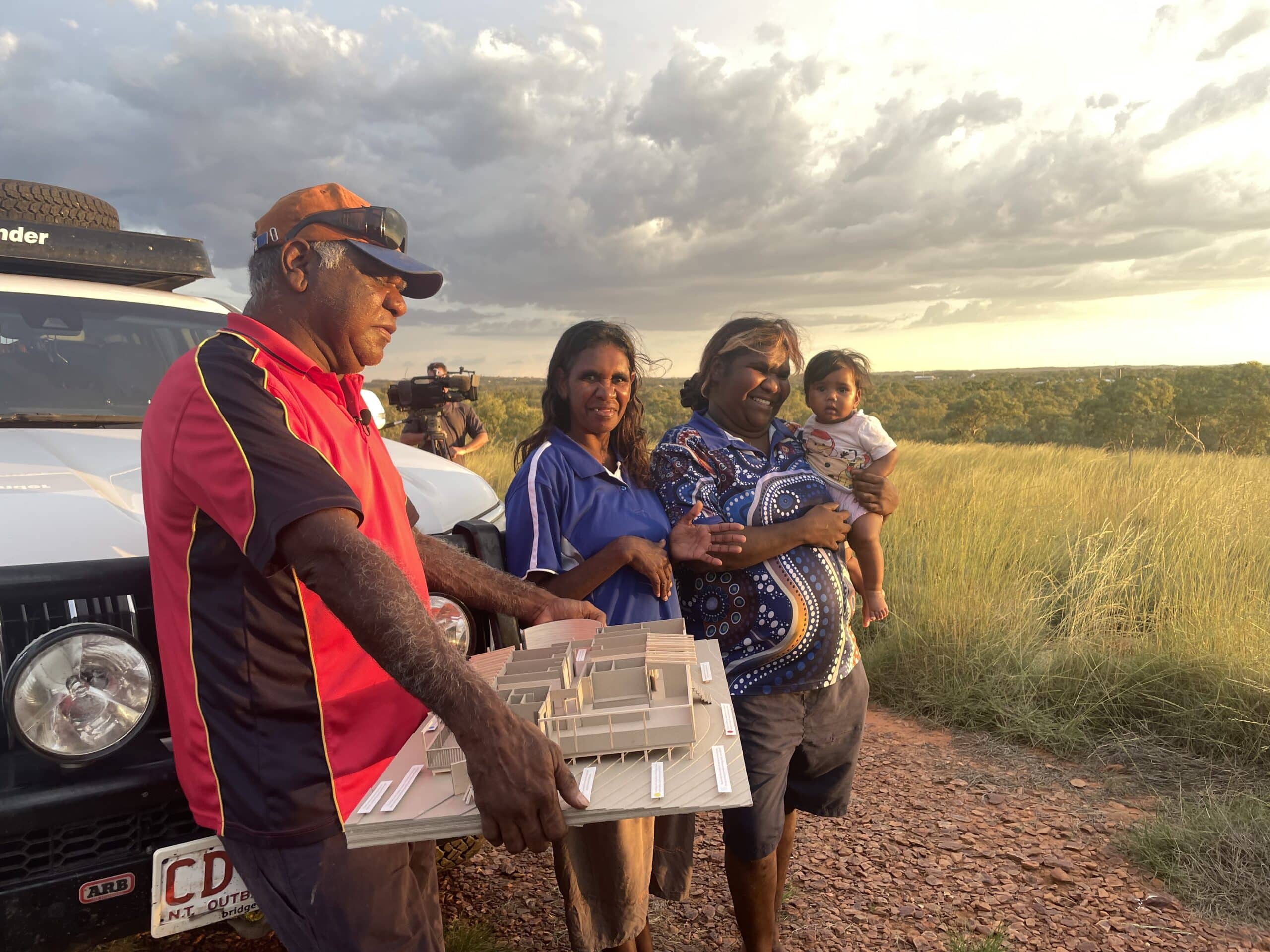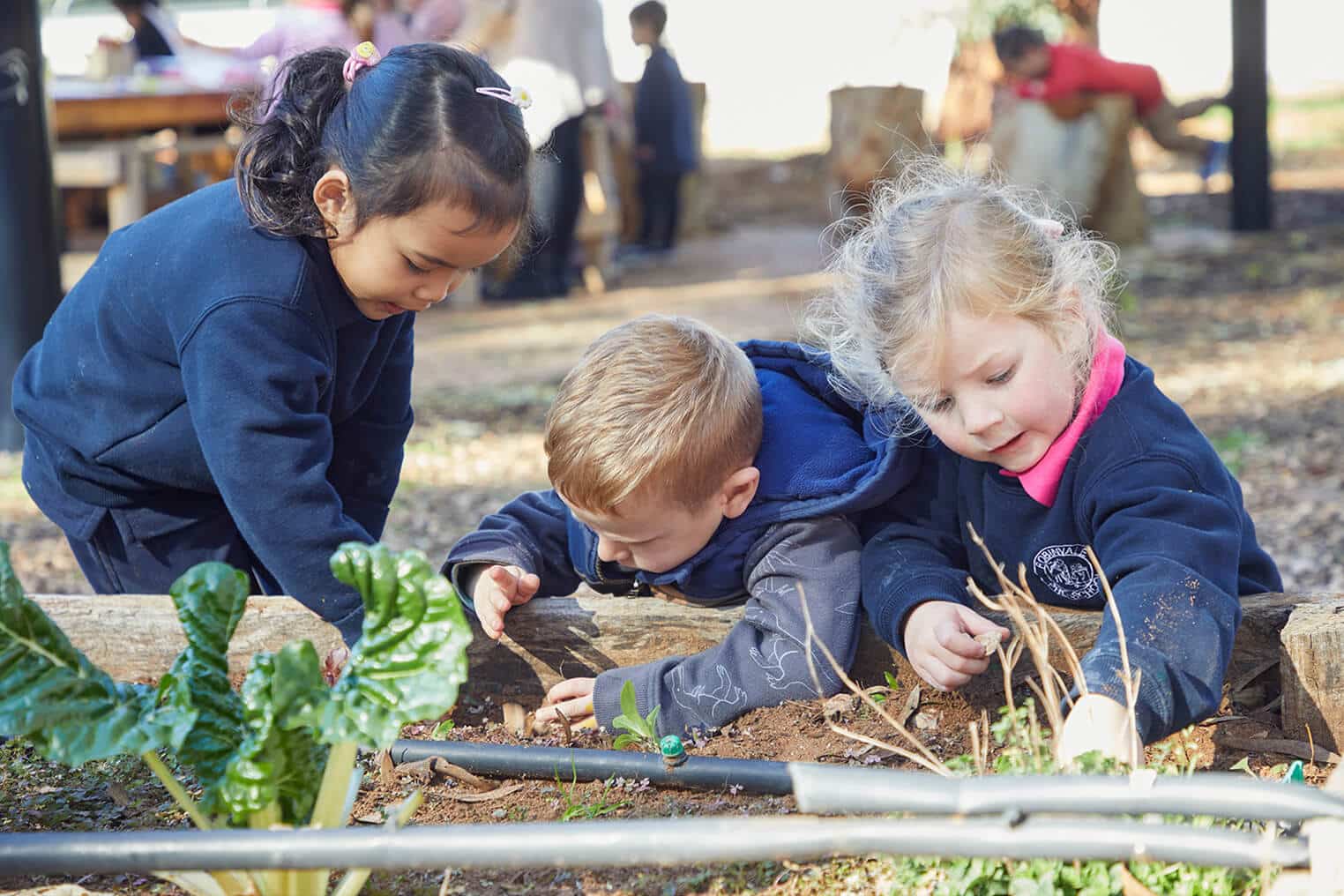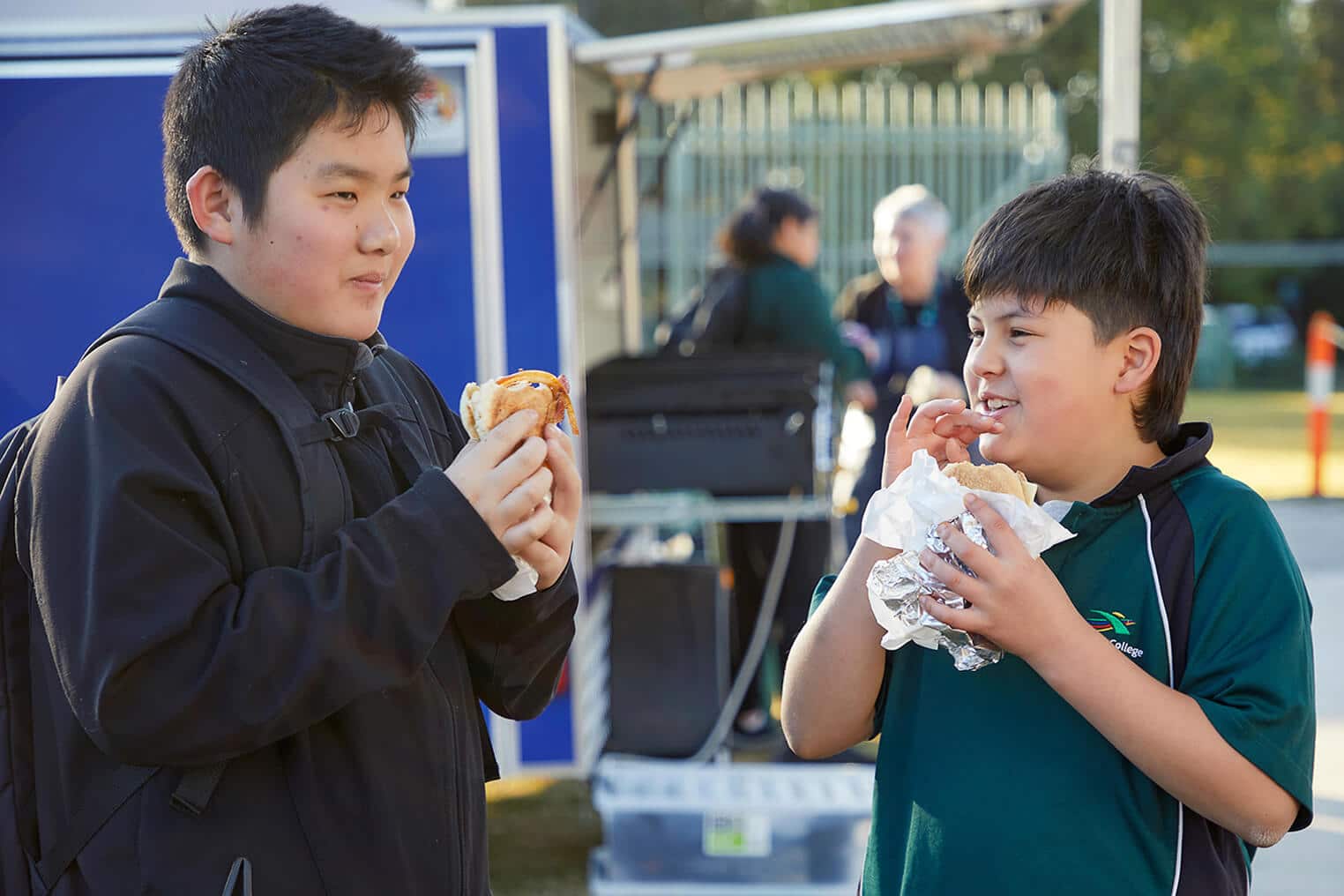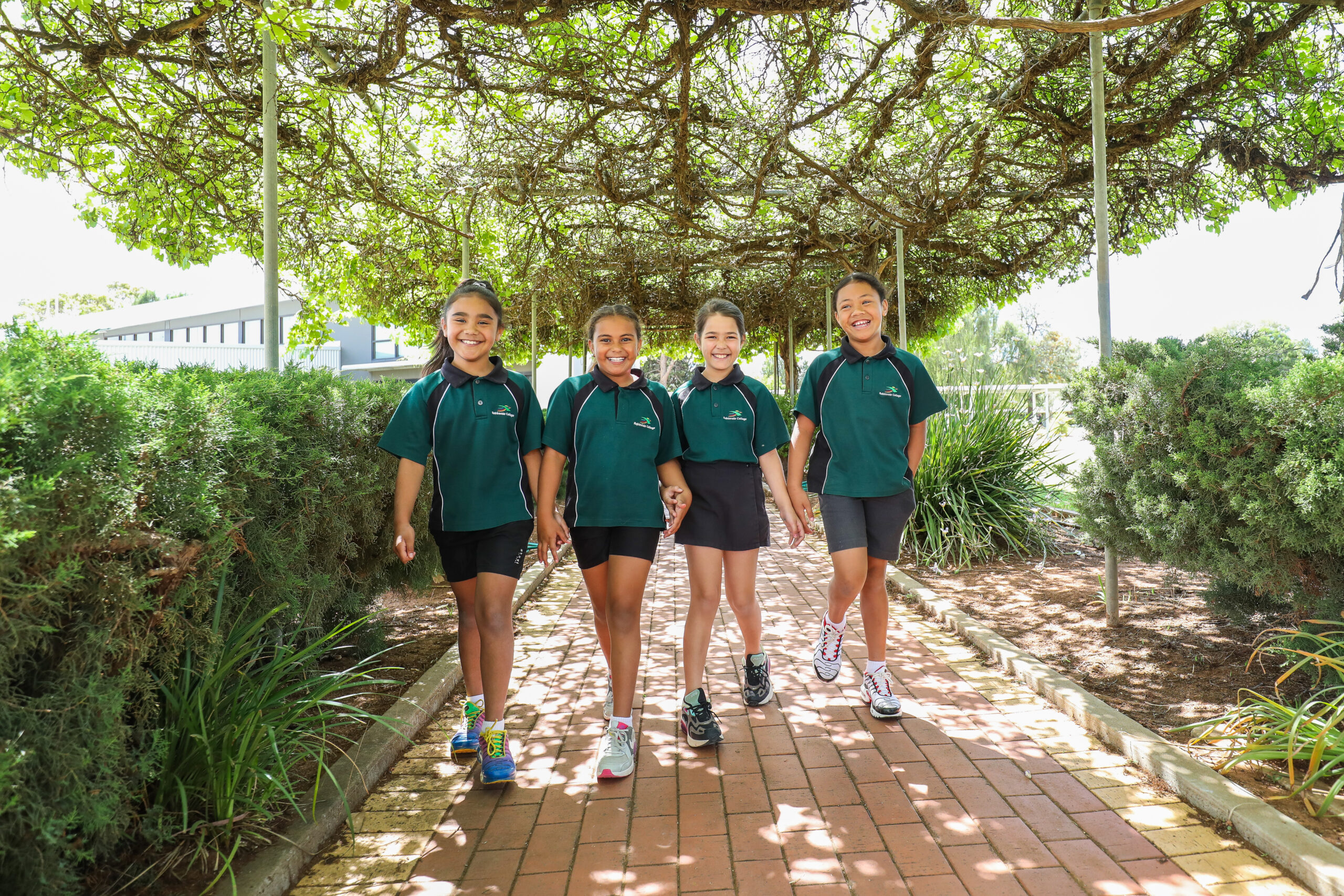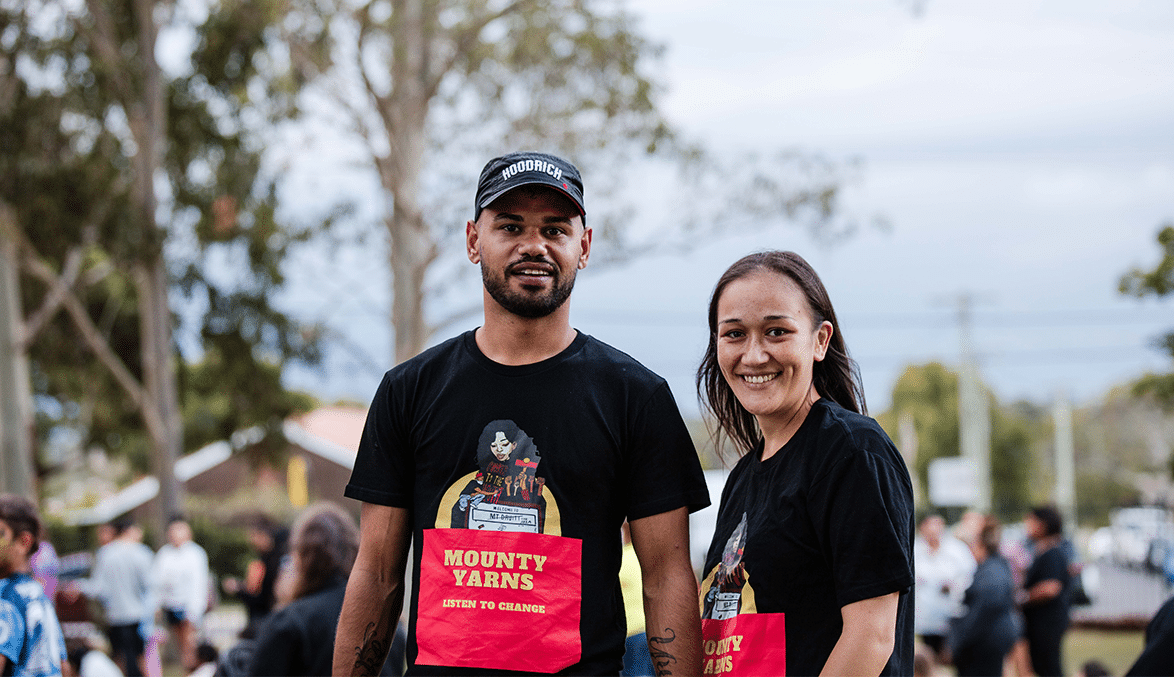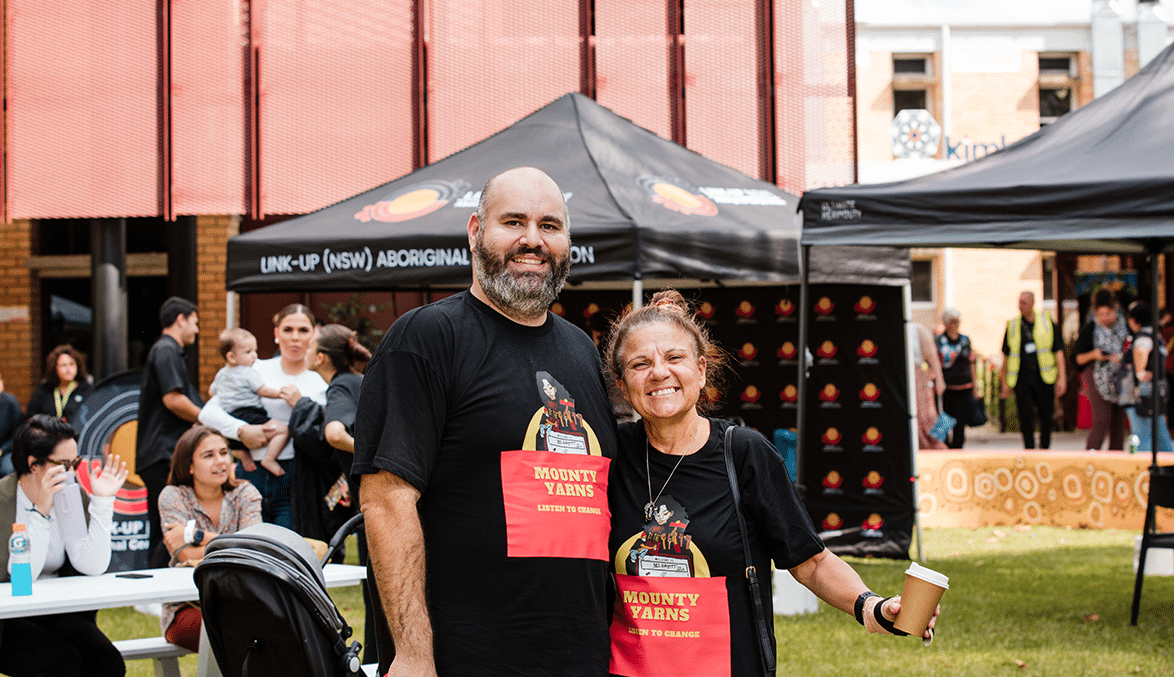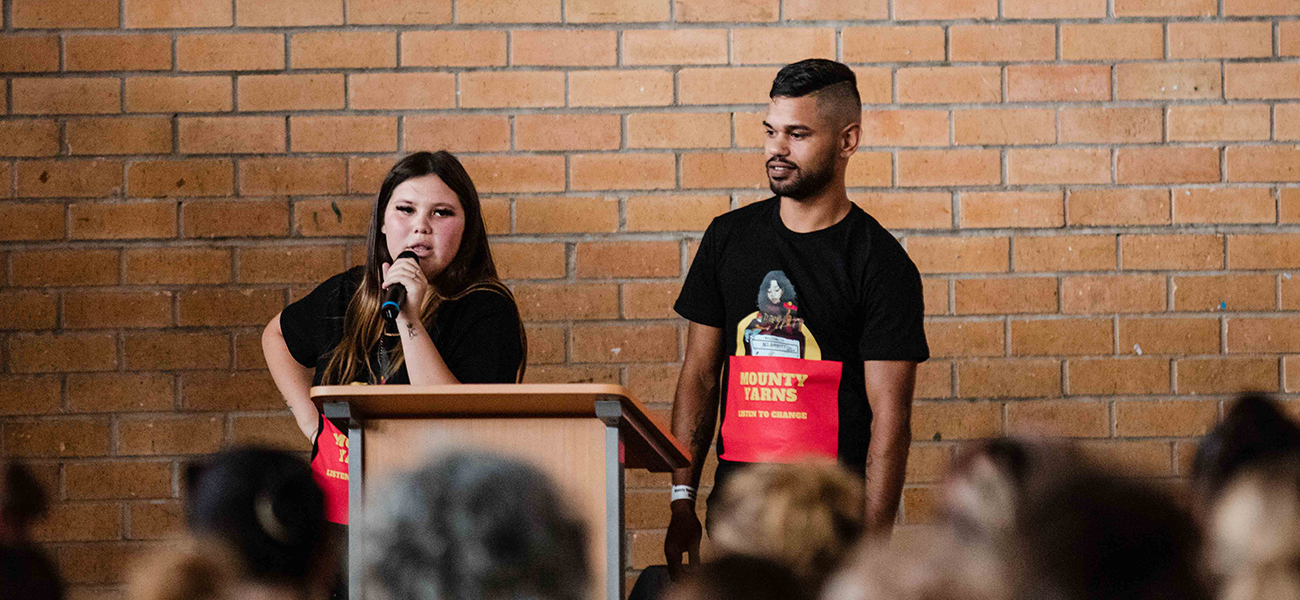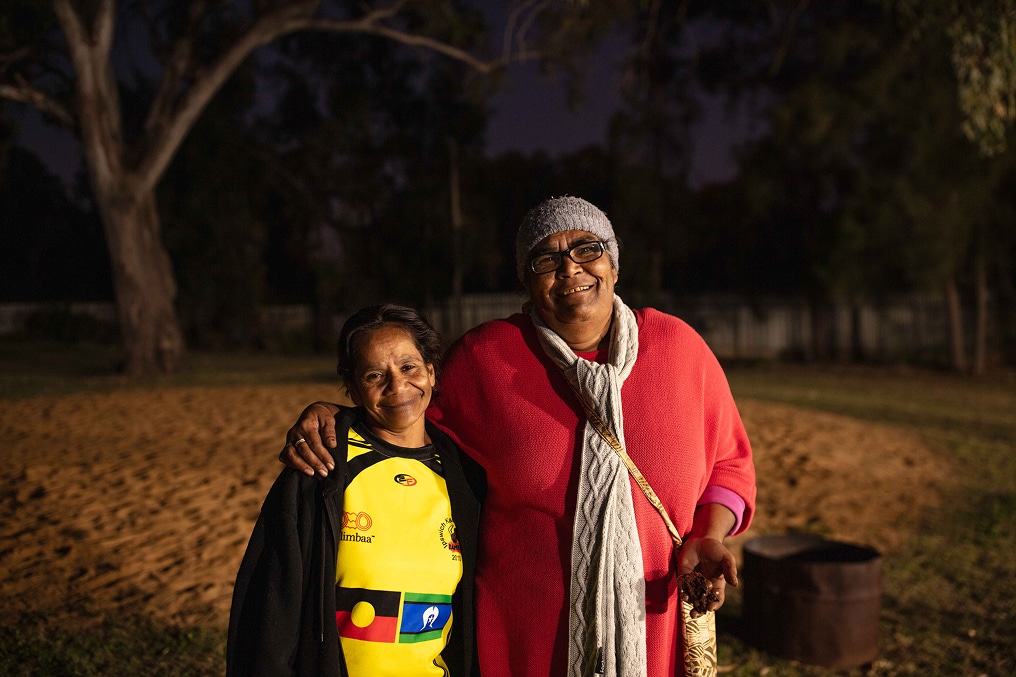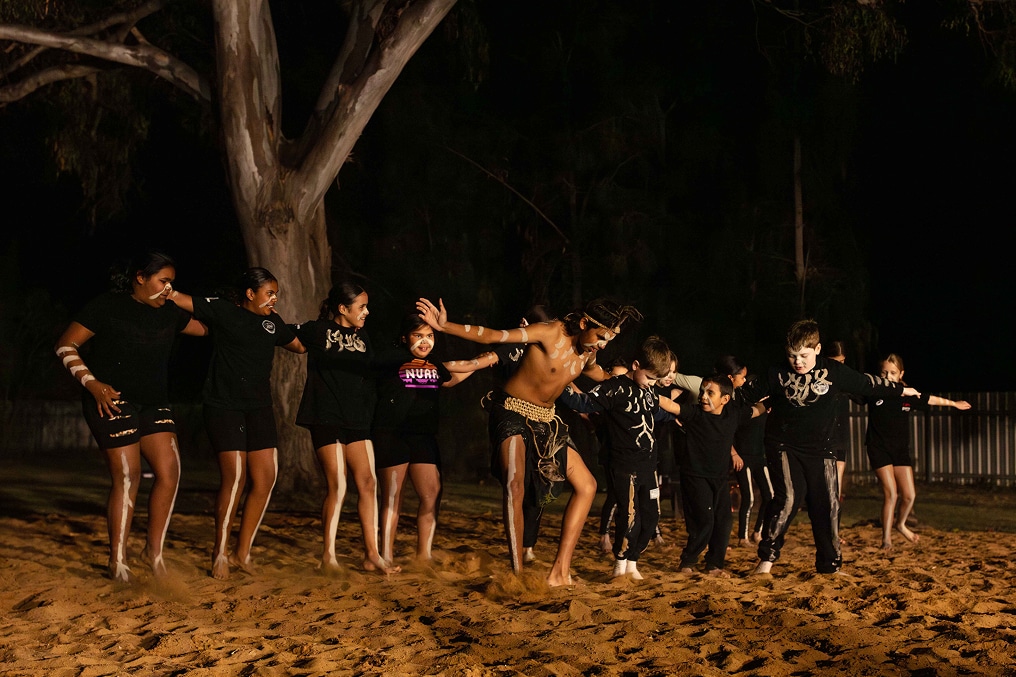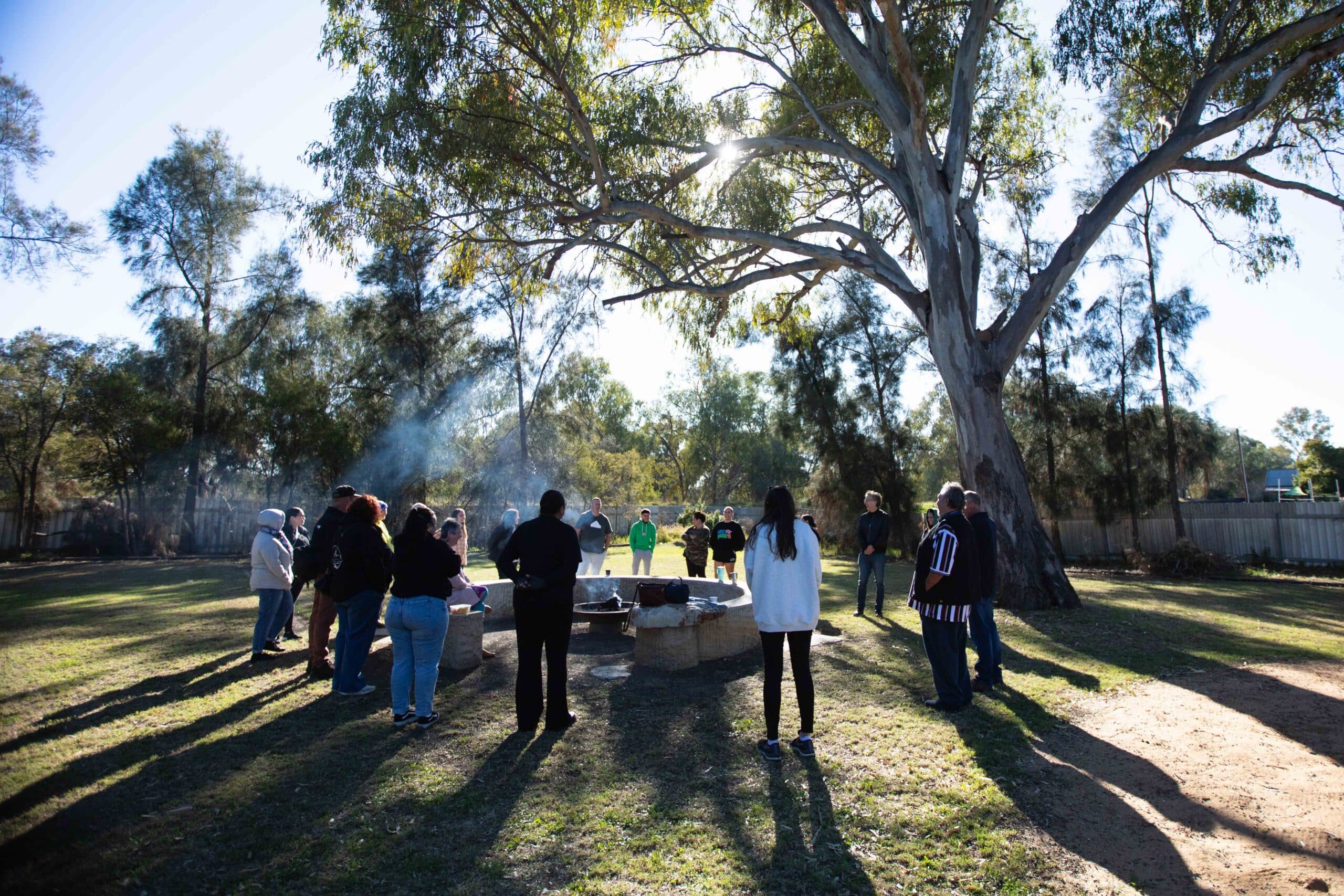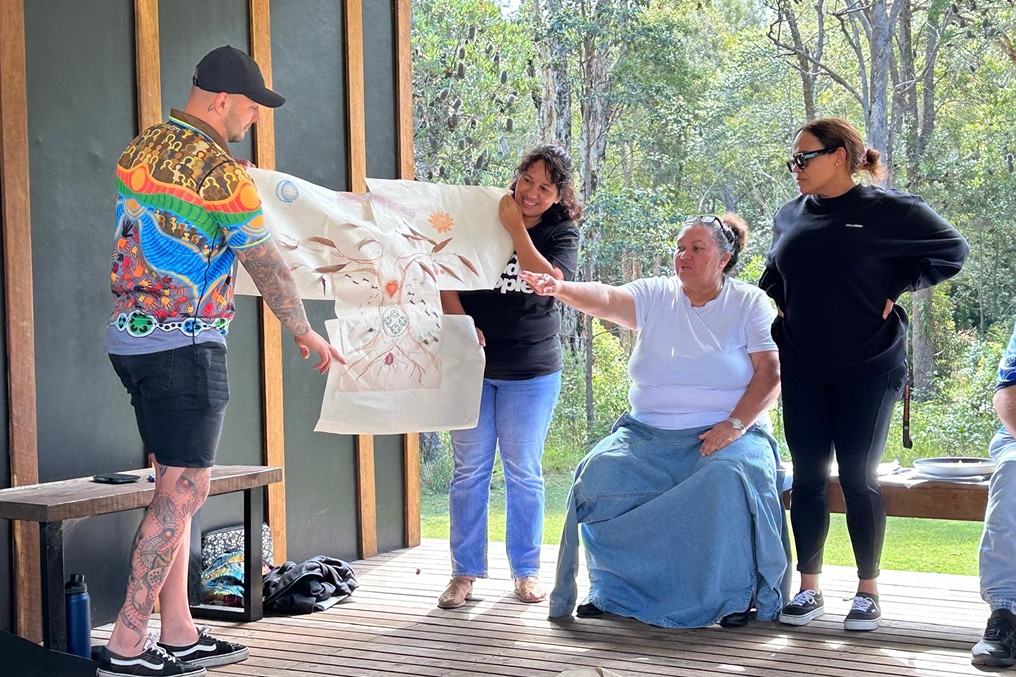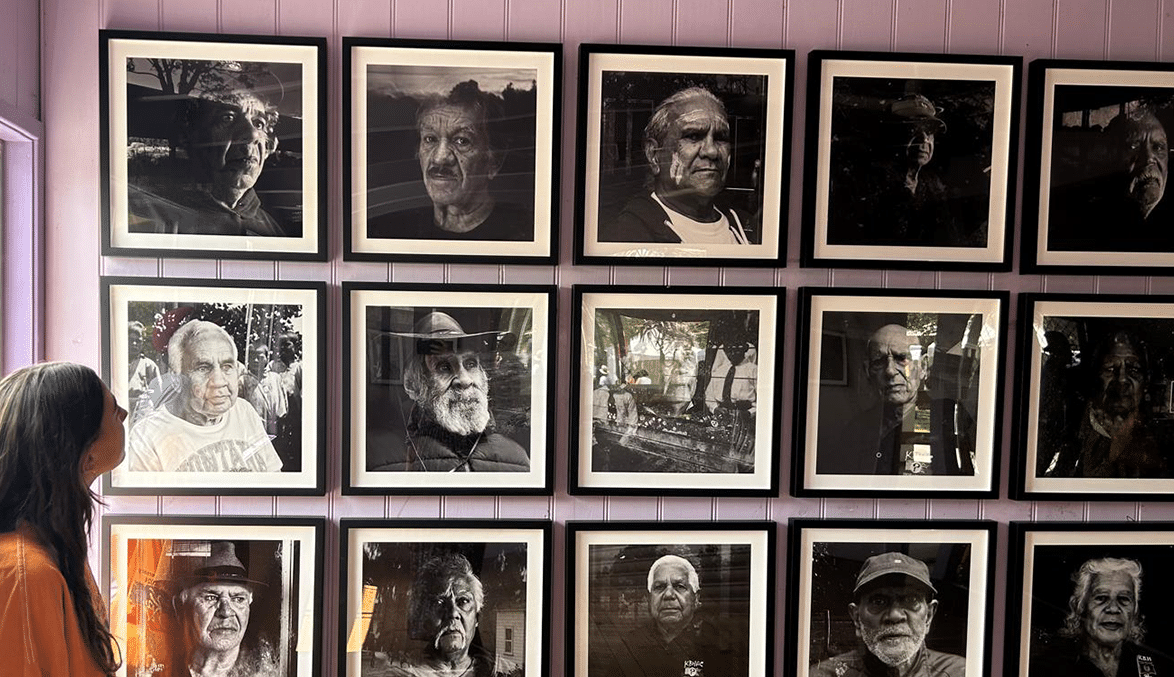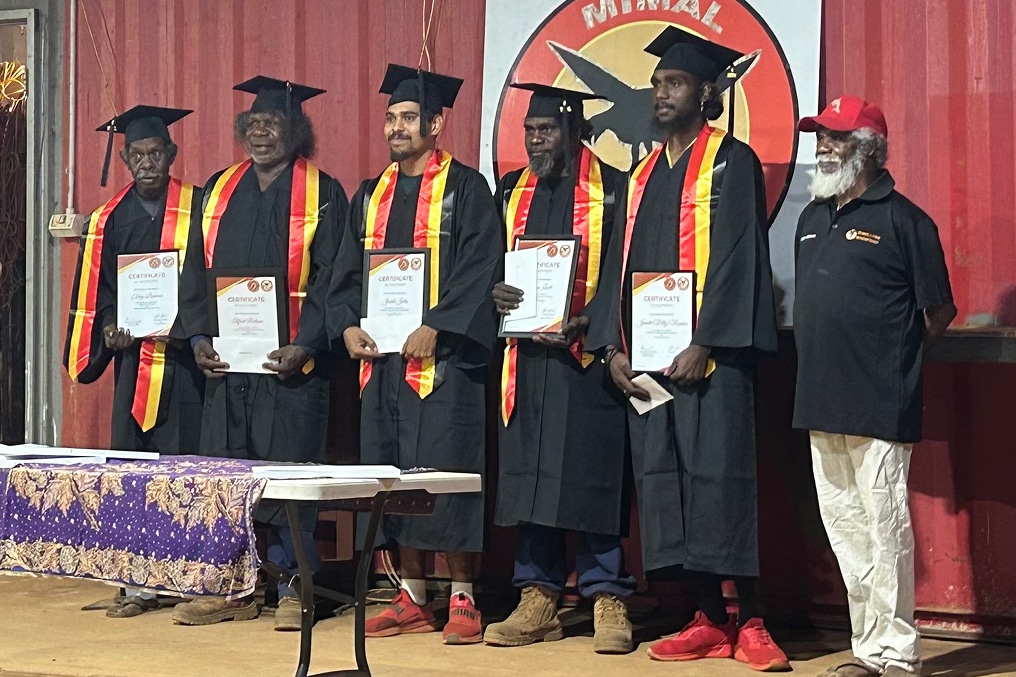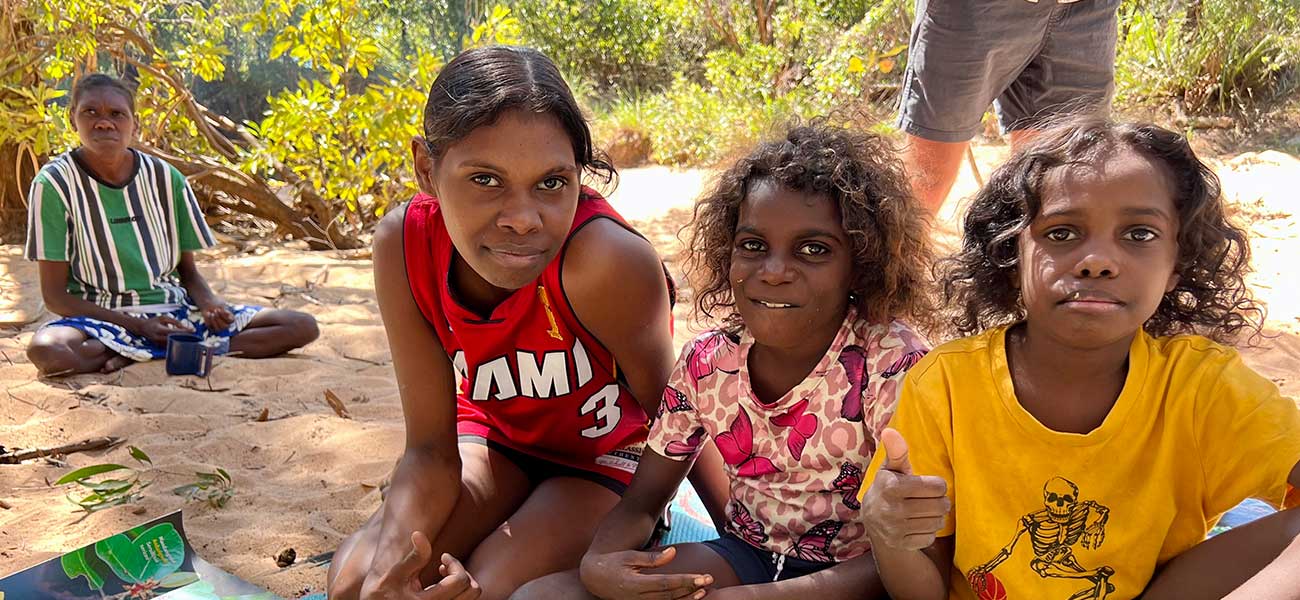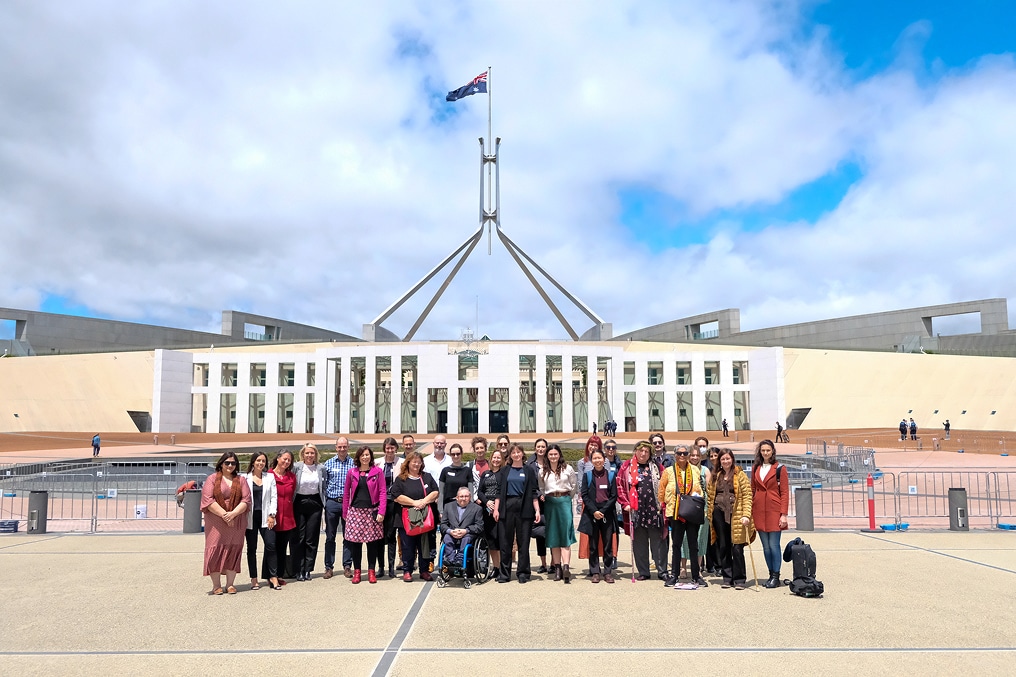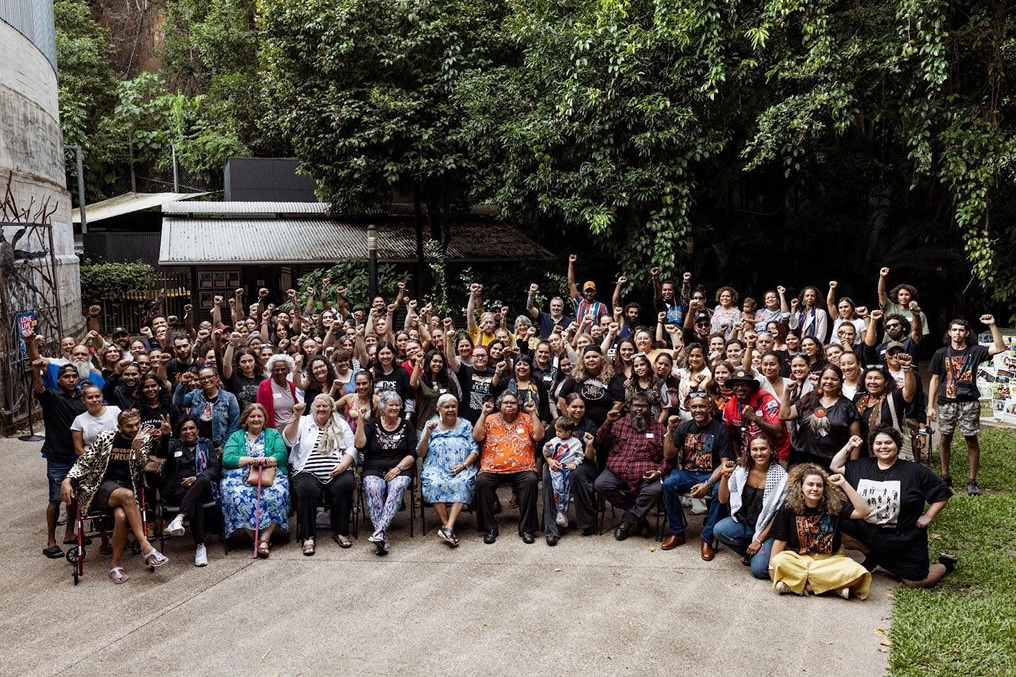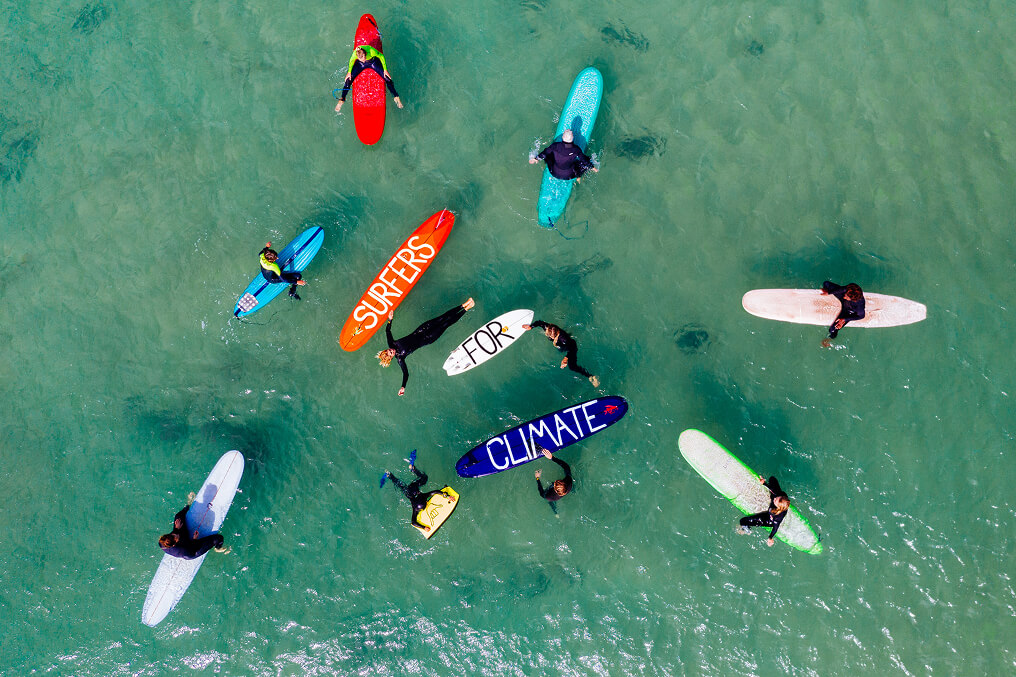Wyatt went on to say that the State had delivered “a palliative education system” to remote Indigenous communities and had endorsed low expectations of Aboriginal children.
I agree with him that Indigenous children need the best possible education. But, he went on to issue a challenge to Aboriginal people saying “Aboriginal people cannot be empowered if they are not willing to prioritise the one key to empowerment, education.” He also suggested that parents must compromise on “cultural life” for the sake of their children’s economic futures. And herein lies the problem.
If it is to be successful a “full western education” as Wyatt puts it, must also value who the students are, the culture they come from and respect their identity.
A history of disadvantage
The history of Indigenous education provision throughout Australia’s remote areas is replete with instances of neglect, infrastructure shortfalls and systemic underfunding. Every Aboriginal child deserves the best education possible and this has patently not been the case in the past.
Indeed many Aboriginal children in Australia’s remote north are still unable to attend secondary school in their own communities and children living in very remote outstation communities are still receiving only the most rudimentary of education services.
Aboriginal people in remote Australia face a great and deep dilemma in engaging with the current education system. On the one hand, as Wyatt implies, education can be a pathway to social mobility, it can offer great economic returns and education can be the key to alleviating social disadvantage.
However, education that does not allow for learning in your own language and that is not inclusive of your social, cultural and economic values is not empowering. It is disempowering.
At its worst, education can be a tool of acculturation and assimilation for remote Aboriginal people. Education can usurp local social structures, cause deep intergenerational divisions and education that is not connected to the reality of a student’s daily life in remote community can seem utterly pointless, leading to disengagement.
A national test
Tackling this dilemma is one of Australia’s great challenges. On the face of things, our inability to deliver a good education to such a small percentage of the population defies belief.
Of course, there are deep complexities.
There are 168,803 Indigenous students in Australia characterised by an array of geographic, socio-economic and cultural diversity. Collectively, these students come together with educators, parents, policy-makers and politicians to form something referred to broadly as ‘Indigenous education’.
Given this diversity of stakeholders, it is perhaps not surprising that Indigenous education in Australia is a highly politicised field of endeavour, and that its form has long been contested. Also, as I have previously noted, the causal relationships between systemic neglect, socio-economic disadvantage, geographic isolation and poor health are structural determinants of educational achievement well-noted in research throughout the world.
In the last decade, though, contemporary policy has paid less attention to these structural, historical and social determinants of educational achievement. Instead, policy is focused on the roles and responsibilities of parents and schools, coupled with a reliance on “carrot and stick” programs such as the recent Improving School Enrolment and Attendance through Welfare Reform Measure (SEAM) and formulaic literacy and numeracy testing regimes, best evidenced in NAPLAN.
Unfortunately, after over 10 years of these approaches, the constants in Indigenous education continue to be poor levels of attendance, low retention rates, and literacy and numeracy outcomes well below those of other groups within Australian society.
For example, the table below shows the percentage of very remote Indigenous students in Wyatt’s home state of Western Australia that are meeting minimum standards on NAPLAN tests in comparison to their non-Indigenous peers in the rest of the country.
What’s needed
Despite the well-documented shortcomings of NAPLAN as a pre-eminent form of educational measurement, this data certainly demonstrates a clear and large “gap” between these cohorts.
Wyatt is right to say this gap is unacceptable. However, nothing in the research base suggests that a pathway to improvement is to be found in advocating for Aboriginal people to jettison cultural practice, nor is it productive to blame communities and parents. We already know what works.
First, you need to make learning content engaging, accessible and culturally responsive with a school culture that supports this and builds on high expectations for all students. Second, you need to empower, support and engage Aboriginal and Torres Strait Islander students to enhance their own learning capacity, while also building and sustaining teacher capacity. Third, you need coherent and localised approaches to evidence-based literacy and numeracy teaching. And finally a profound understanding of the importance of school-community partnerships.
None of these observations are new, yet current policy approaches seem consistently unable to support such creative collaborations. These are the areas that local schools and communities need to be supported in through good policy at both a state and a national level and I’m sure that Mr Wyatt’s considerable influence and help would be most welcome.
By Bill Fogarty, Australian National University
Bill Fogarty does not work for, consult to or own shares in any company or organisation that would benefit from this article
This article was originally published at The Conversation.
Read the original article.
